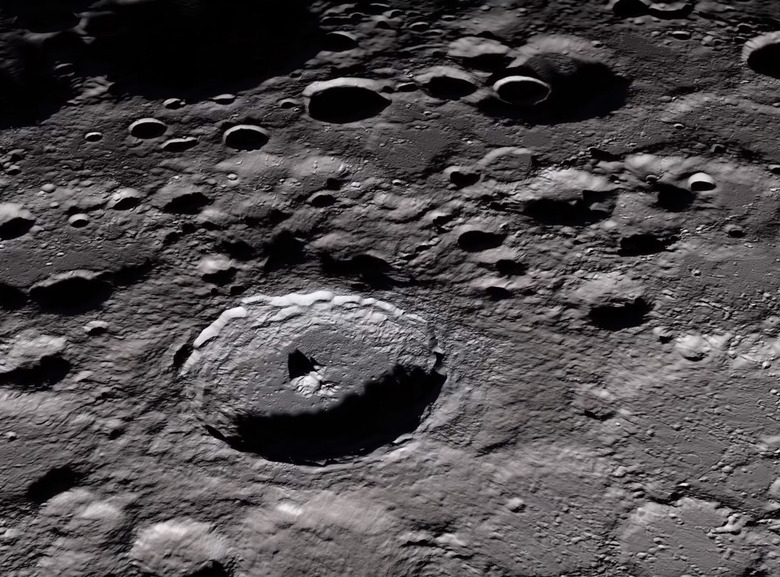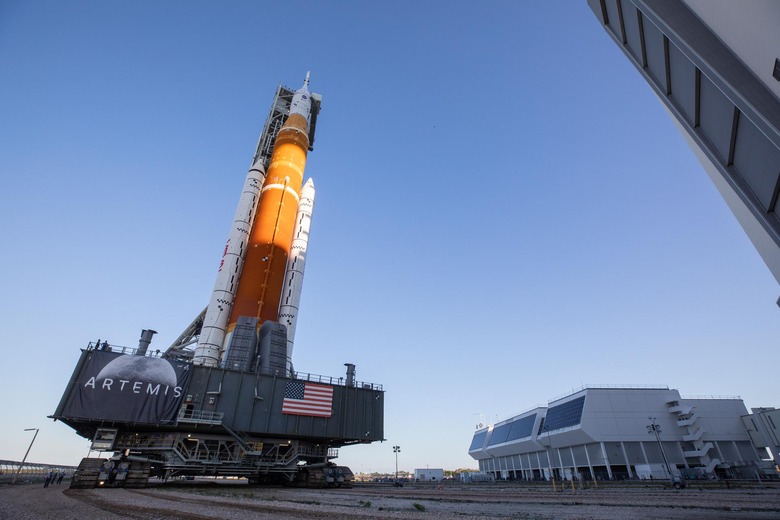The Most Powerful Rocket Ever Built Will Launch Later This Month
NASA's bid to return to the Moon is finally ready to take its next step. The space agency announced this week that it will aim to launch the most powerful rocket ever built into space on August 29. That means we have just over 20 days before Artemis I launches from Kennedy Space Center and begins its trek to the Moon. NASA will push the launch to another date in its proposed launch window if the launch this month is scrapped.
When to watch the most powerful rocket ever built launch to the Moon
NASA's Artemis I is a massive milestone for the space agency. Not only is it the most powerful rocket ever built, but it's the start of a new era of space exploration. The Artemis I mission may not be slated to actually land on the Moon, but it will prove whether or not the Orion capsule is up for the job. If everything goes as planned, then we could see humans back on the Moon within the next 10 years.
Further, it also points towards a change in how NASA pushes launches out each year. With so much success exploring Mars and James Webb returning such amazing results, Congress is pushing NASA for more launches each year. That means finding new ways to save on costs. One way they've done this is by utilizing reusable rockets like Artemis I's Space Launch System.
A successful launch of the most powerful rocket ever built the viability of the SLS system. Further, companies like SpinLaunch are also looking for other ways to shoot spacecraft. Of course, those other options aren't safe for humans. But they could save on expensive rocket fuel for the more important manned missions.
Beyond Artemis
But what happens after Artemis?NASA has a lot of big plans for its space exploration missions beyond getting man back to the Moon. There's also a possible manned mission to Mars slated for the 2030s sometime. If the most powerful rocket ever built proves itself, the SLS system could be used more widely.
Of course, nobody knows exactly how things will play out with the Artemis I launch. Or even what data the launch will provide NASA engineers. What we do know, though, is that NASA is making history. And we all have a front seat.


